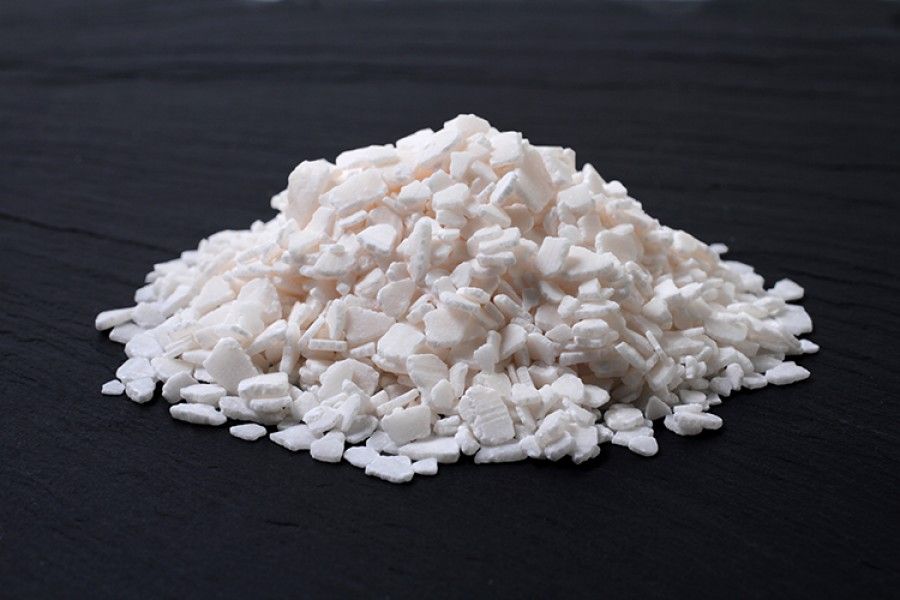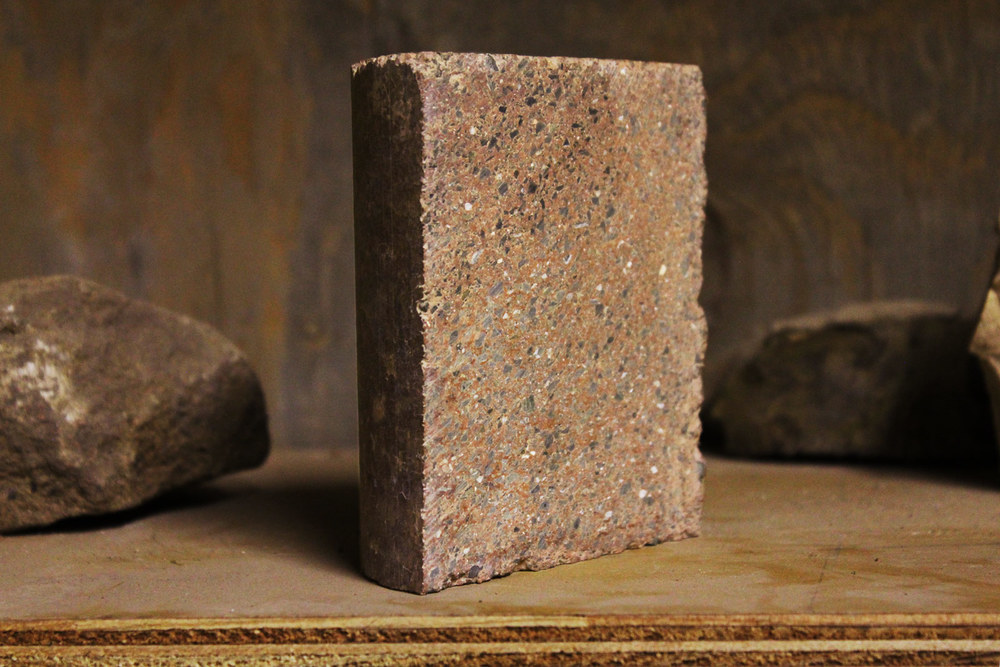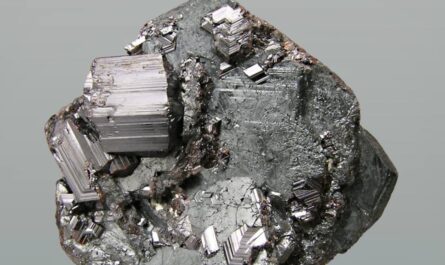Calcium hypophosphite is a versatile chemical compound that is commonly used as a flame retardant in many industrial and commercial applications. It has the chemical formula Ca(H2PO2)2 and exists as a white crystalline powder at room temperature.
Chemical Properties
Calcium hypophosphite has some unique chemical properties that make it effective as a flame retardant. When heated, it decomposes into non-combustible gases like phosphine, carbon dioxide and water vapor. This decomposition process helps inhibit combustion by interfering with the flammable gases released during a fire. It also releases phosphoric acid during decomposition which helps suppress flames through its endothermic reaction. Calcium hypophosphite is very stable at normal temperatures but starts decomposing above 200 degree Celsius making it suitable for applications requiring flame retardancy.
Uses in Various Industries
Construction Materials
Calcium Hypophosphite is widely used as a flame retardant in the construction industry for building materials like flooring, insulation, drywalls, and coatings. When added to polymeric construction materials, it helps them attain the required fire resistance ratings. The non-combustibility of calcium hypophosphite makes it effective in preventing the spread of fire in buildings.
Textiles Industry
In the textiles industry, calcium hypophosphite is commonly used as a flame retardant for furnishings, upholstery fabrics, curtains, and carpet backings. When treated textiles are exposed to fire, calcium hypophosphite reacts endothermically releasing gases that inhibit combustion. This allows more time for safe evacuation from buildings. It also suppresses flaming drips or residues that can reignite a fire.
Transportation Sector
Various flammable plastics and polymeric composites are used in automobiles, aircraft, and ships. Calcium hypophosphite imparts flame retardancy to such materials used in interior panels, cockpit components, wiring insulation, and luggage compartments. Its ability to release non-flammable gases on heating makes it suitable for applications requiring stringent fire safety standards in the transportation industry.
Paints and Coatings
Calcium hypophosphite is utilized as a key flame retardant additive in metal protective paints and industrial coatings. It prevents ignition and reduces flame spread over metal surfaces for applications in the oil and gas, marine, chemical plant sectors that are prone to fire hazards. When used in intumescent coatings, it helps develop a heat insulating char on the coated surface enhancing its fire protective ability.
Mechanism of Flame Retardancy
Calcium hypophosphite acts through different flame retardant mechanisms when exposed to high temperatures during a fire.
Dilution Effect
When it decomposes, calcium hypophosphite dilutes the concentration of combustible gases in the vicinity of the flame with the release of non-flammable phosphine, water vapor and carbon dioxide. This makes it difficult for a sustaining flammable atmosphere to be maintained.
Cooling Effect
Its endothermic decomposition absorbs heat from the surroundings. The heat required to decompose calcium hypophosphite is not available for sustaining the combustion process, thereby cooling the area below the ignition temperature.
Gas Phase Interference
The decomposed phosphine and acid gases physically interfere with the free radical chain reactions sustaining combustion in the gas phase through a chemical radical trapping mechanism.
Char Formation
When used as an additive in polymer formulations, calcium hypophosphite aids the development of a protective char layer on the material surface upon exposure to fire. This insulative char helps prevent penetration of oxygen thereby inhibiting combustion.
Toxicity and Regulations
Calcium hypophosphite has moderate acute oral toxicity. Prolonged skin contact may cause irritation. However, it is not classified as hazardous under global chemical control regulations like REACH and TSCA due to its safe processing and end-use applications at prescribed amounts. All necessary precautions must be followed during its industrial handling and transportation as prescribed by regulatory bodies.
Calcium hypophosphite is an important inorganic flame retardant widely employed across diverse industries due to its versatility and multiple mechanisms of fire protection. Its degradation profile, ability to dilute gases and interfere with combustion make it suitable for both gas phase and solid phase flame retardation applications. Calcium hypophosphite will continue to play a key role as a non-halogen, environmentally preferable and high performance flame retardant in the development of safer materials.
*Note:
1. Source: Coherent Market Insights, Public sources, Desk research
2. We have leveraged AI tools to mine information and compile it



